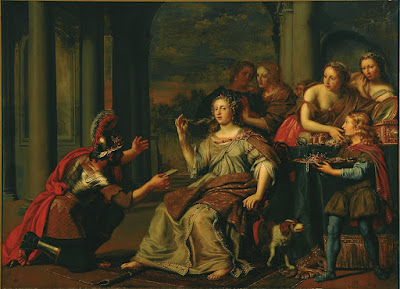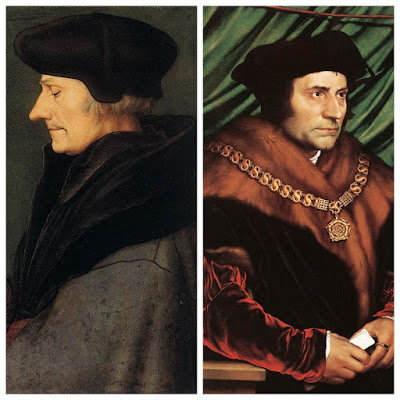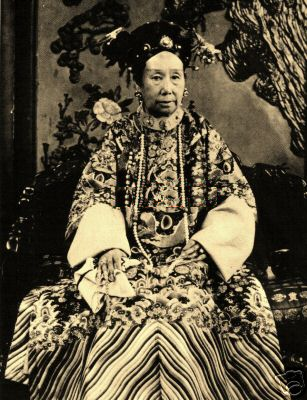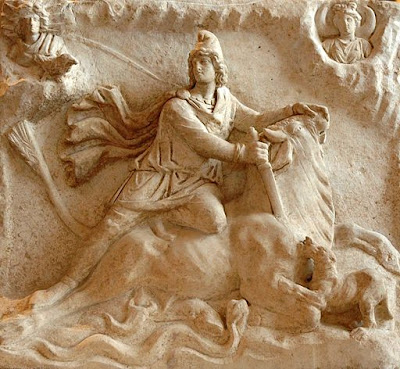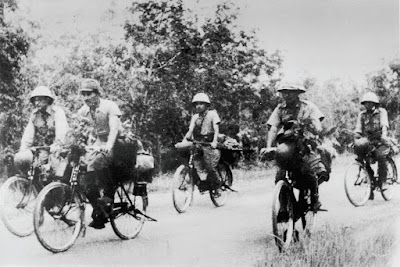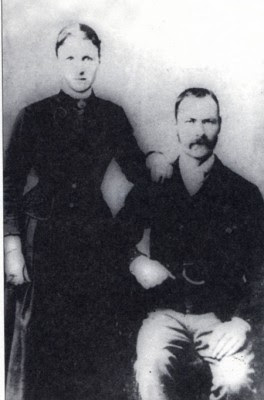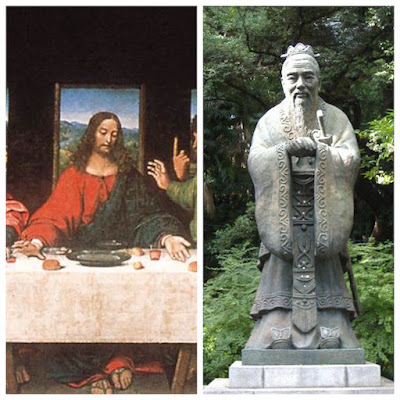Most people know that the June 6th, 1944, D-Day invasion was one of the great turning-points of WWII. The successful Allied assault against the German defenses in Normandy would set the stage for the retaking of France and an offensive against Germany. While many know of D-Day, it is difficult to understand the thoughts, feelings and experiences of those who actually lived the events. Statistics of manpower and casualties can convey scale, but lacks in emotion. Fortunately, many brave warriors of WWII had the foresight to put their thoughts on paper, allowing future generations to gain insight into the greatest moments of the Second World War.
Col. Frank W. Hansley was one of these thoughtful soldiers. He was the CO of the 72d squadron of the 434th Troop Carrier Group. During the Normandy invasion, Hansley's squadron flew in missions Chicago, Keokuk and Galveston. Col. Hansley wrote of his experiences in the assault, resupply and medical evacuation missions of the Normandy invasion in the
George Field News and the
Silent Wings newsletter.
Read a brief biography of Col. Hansley and his accounts of the D-Day invasion of Normandy
HERE, written by The Historian's Hut's C. Keith Hansley and published by warhistoryonline.com.
Below is a copy of Col. Hansley's article, courtesy of
Silent Wings (Volume 26), published March of 1999.
“CO of the 72nd TCS/434th TC Group Recalls Details of Normandy Missions”
“When we contacted Colonel Frank W. Hansley for permission to publish his Normandy article in
SILENT WINGS, he advised us he had written it just to refresh the minds of the 72
nd
TC Squadron members of the outstanding performance of duty each and
every person played – perfect team work. And he added ‘if you considered
it worth publishing, go to it!’”
“He also said, ‘I feel all of
those glidermen need special recognition for carrying out so well an
almost impossible assignment. The results were much more positive than
was either expected or for which they were given credit for by news
sources.’”
“’I also need to commend the exceptionally
well-qualified Pathfinder crew members who performed their duties with
perfection during the Chicago mission. We were where we were supposed to
be at all times.’”
“’My feeling about the liberation missions
became serious shortly before those events took place when Colonel
William B. Whitacre, CO of the 434
th TC Group, called me into his office and unexpectedly asked if I thought I could command the 72
nd TC Squadron. I assured him that it would not be a problem with the quality of people we had at all functional levels.’”
“Mission Chicago”
“Cockpit
activity started by wearing special goggles to build up visual purple
in the eyes for better blackout flight capability. Colonel Whitacre, as
the mission commander, flew the lead aircraft and started rolling at
1:19 a.m., 6 June 1944. As the Deputy Mission Commander, I was at the
controls of the third aircraft echelon to the right front. The mission
called for us to lead the right two columns to a different landing zone
than the left two columns.”
“We descended the entire formation
down to 500 feet while flying over the English Channel. This was to
better evade enemy electronic detection. We were relieved when we flew
by the British Channel Islands of Gurnsey, Sark and Jersey (then occupied
by Germany) without any enemy response.”
“As we approached the
French coast, I hoped the many fires I saw ahead were a good sign that
the fighters/bombers had knocked out most, if not all, enemy gun
emplacements. That hope did not last long! Our lead aircraft flew a very
short distance over land before streamers of tracer bullets started
whizzing around the aircraft and gliders. I started telling myself,
‘keep the faith, keep the faith!’ I then added and repeated my version
of the 23
rd Psalm which was 'Yea though I fly through the
valley of death I fear no evil for Thou art with me.’ With this true
belief, it proved most calming! I am positive many others in our
formation were doing much the same – all stayed the course!”
“As
one string of tracers moved within inches of my aircraft, a strange
question flashed through my mind – how will it feel when the bullets rip
through my body? The firing stopped just before striking the aircraft!”
“I glanced around at the aircraft crew and found each of them calm and doing his job. My version of the 23
rd Psalm became plural: ‘Yea though
we fly through the valley of death…etc.’”
“I
was concerned about others in our formation. If we in the lead aircraft
were attracting so much enemy fire power, what is happening to those
following us? There was no way of checking! We had to maintain radio
silence; however, those aircraft flying off of our wings seemed to be
faring well.”
“We came to the predesignated point at which we
would lead approximately 50% of the mission aircraft and gliders to a
secondary landing zone. With the blackout, it was impossible to see good
navigational landmarks as it was 4:00 a.m. No problem! Our aircraft had
one of the latest electronic navigational units – known today as LORAN.
By automatically calculating the triangulation of three English-based
radio station signals, it could indicate our location within an
acceptable few yards.”
“As we approached the landing zone (LZ), we
anxiously looked for the ground signals from the Path Finder Troops
that had been dropped earlier by another unit. As we prepared to release
our gliders without that verification, their signals were activated.
They were a radio beacon and the lighting of a landing tee.”
“Those
signals were wonderful assurances, but it did not relieve my great
concern for the glider crews and troopers. Darkness would not give the
glider pilots the visibility to select the safest landing routes. I
truly regretted they had to release. The odds were very high against
them.”
“We intercepted and then accompanied Colonel Whitacre’s two
columns for the flight over UTAH Beach and the mammoth Allied landing
fleet – IFF (Identification, Friend or Foe) assuredly turned on! The
return flight to Aldermaston was uneventful.”
“Mission Keokuk”
“After
a short relaxing nap at the flight line, it was time to man the 32 tow
planes and the English-made Horsa gliders for the Keokuk mission. Take
off started at 6:30 p.m., 6 June 1944. As deputy mission commander, I
took off in the second aircraft and flew off the lead aircraft’s right
wing. Lt. Col. Steve Parkinson was flying the lead aircraft as mission
commander.”
“Nothing unusual happened en route. My memory flashes
back to a rather open route leading over Utah Beach and a trail way
pretty well controlled by advancing American troops. Appreciatively, we
received much less ground fire on this mission, even after we arrived
over the glider landing zone area. We were later informed that the
Germans saved their ammunition to use on the attacking glider men during
their approach and landings. I sure saluted the glider men; they again
took the brunt of the mission.”
“Once again, the return flight to Aldermaston was uneventful.”
“Mission Galveston”
“The
first tow planes with gliders took off at 4:32 a.m., 7 June 1944. We
had rain, gusty winds and poor visibility. I was leading the 72
nd
Troop Carrier Squadron element, which was the third unit in our train
of 50 towed CG4A gliders. The weather cleared for much better visibility
over the channel. Unlike Keokuk, we received much enemy ground fire as
we entered French territory. I do not remember many other details of
this mission, except that some earlier gliders had landed in deep
marshlands. I tried to give the glider pilots the best possible landing
approach over land, yet keep them together as one fighting unit.”
“Resupply”
“We
started within days, landing on rapidly built strips near the battle
front lines. We flew in food, ammunition, blood plasma, gasoline, and
other required materials. Flight nurses became very important members of
the aircrews.”
“Two incidents still stay strong in my mind. I led
a flight onto a strip with enemy guns flashing just off the east end of
the strip. As we started unloading the aircraft, the Germans started
dropping .66 mm mortar rounds onto the strip. Crew members hit the troop
trenches! No persons or aircraft were lost, so we finished unloading
supplies, then loaded battle-wounded personnel for the flight back to
England and hospitals.”
“Another well-remembered resupply mission
was one to the Canadians near Caen, France. I could not believe the
number of burning tanks, most of them from the 21
st Panzer Division. It was a frightening sight of destruction.”
“The 72
nd Troop Carrier Squadron men, of all specialties, performed superbly! A true top-performing unit!”
__
“We
appreciate receiving permission from Colonel Hansley to publish this
excellent summary of the early Normandy missions. The Chicago mission
was flown by 52 CG4A gliders from the 434
th TC Group. 72
nd TCS personnel flew 11 of the 12 gliders flown by the squadron. The lead glider was flown by Colonel Mike Murphy, with 2
nd Lt John M. Butler as co-pilot.”












